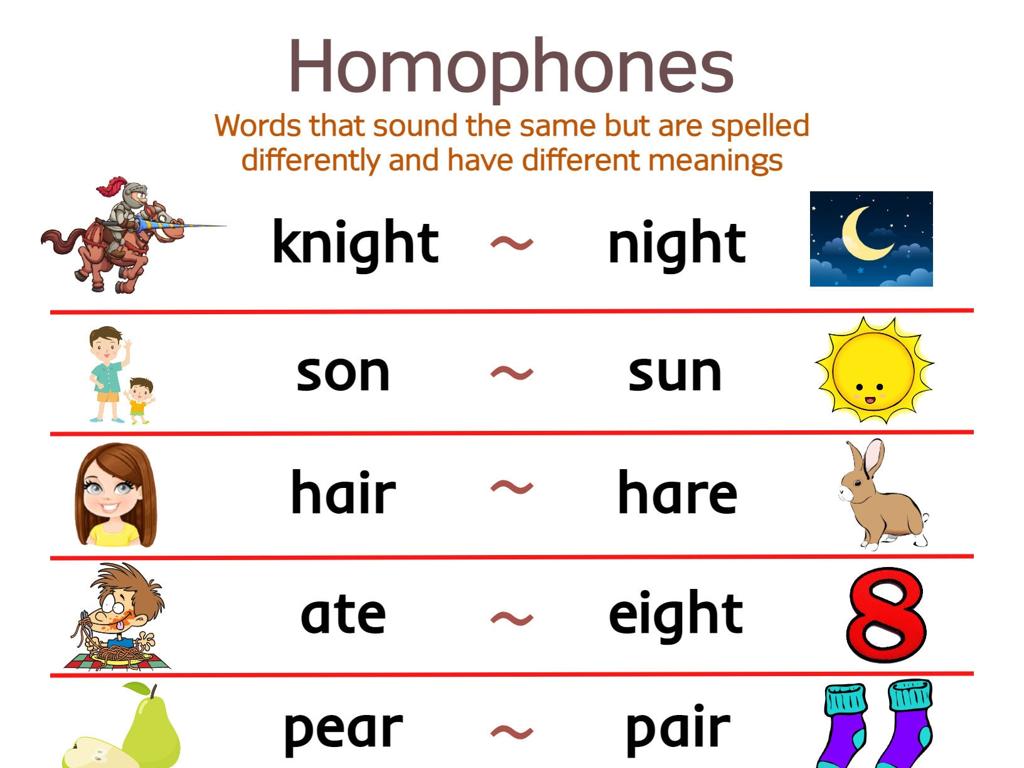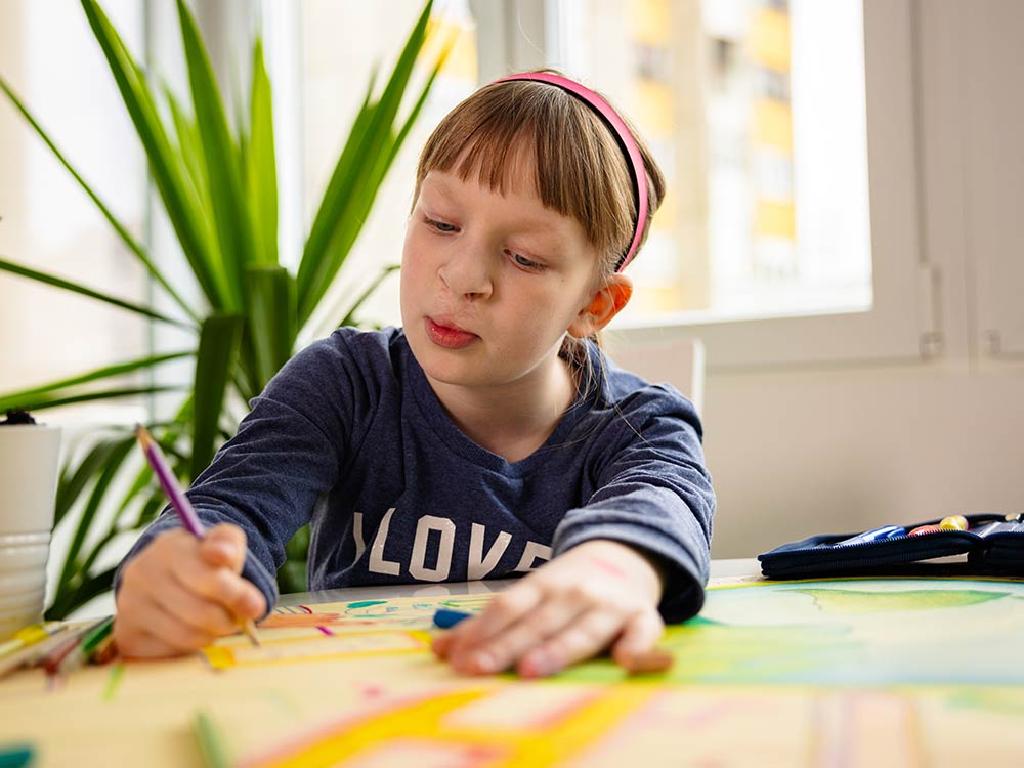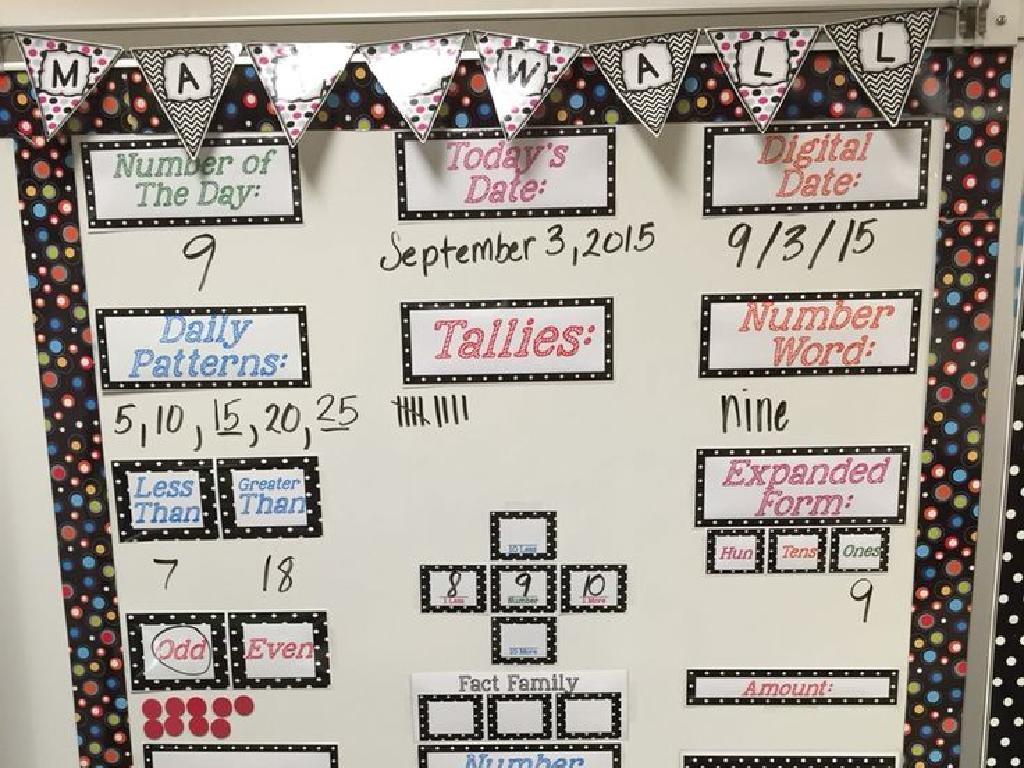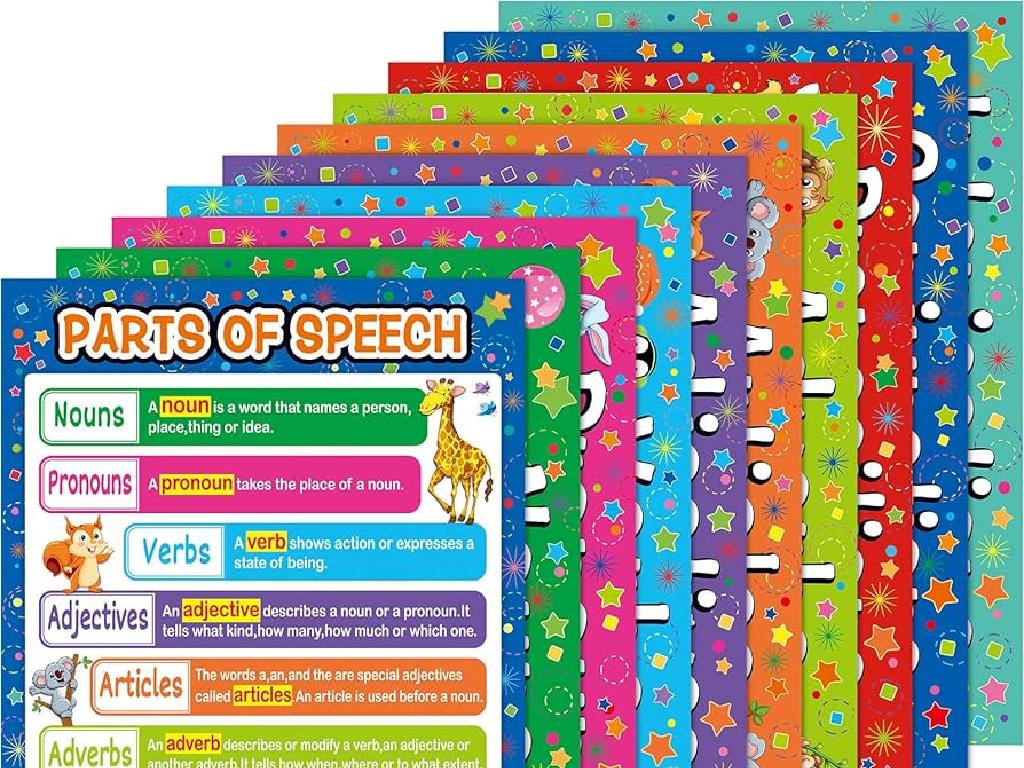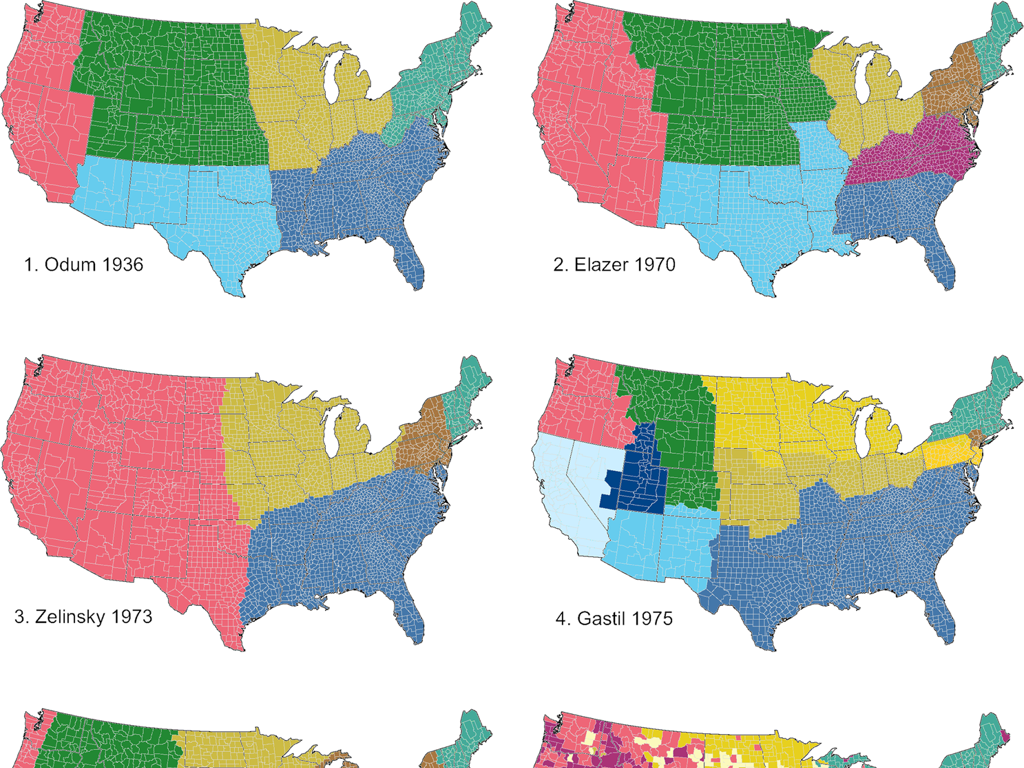Hexagons
Subject: Math
Grade: Kindergarten
Topic: Two-Dimensional Shapes
Please LOG IN to download the presentation. Access is available to registered users only.
View More Content
Welcome to Shapes: Meet the Hexagon
– Greet the class: Good morning!
– Today’s focus: Learn about hexagons
– A hexagon is a shape with 6 sides
– Ask the class about known shapes
– Encourage students to share shapes they know like squares and circles
– Introduction to hexagons
|
Begin the class with a warm greeting to set a positive tone. Introduce the hexagon as the special shape of the day. Engage the students by asking them to name shapes they are already familiar with, such as circles, squares, and triangles. This will help them connect prior knowledge to the new concept. After the discussion, transition to explaining that a hexagon is a shape with six straight sides. Use simple language and be prepared with examples of hexagons in the classroom or in everyday life to make the concept relatable for Kindergarten students.
Exploring Hexagons
– A hexagon has six sides
– Let’s count the sides together
– We’ll use the board to count each side
– Hexagons are everywhere
– Look for hexagons in nature or objects
– Can you find hexagons around?
|
This slide introduces the concept of hexagons to Kindergarten students. Start by explaining that a hexagon is a special type of shape that has six sides. Use the board to draw a hexagon and invite the students to count each side with you, reinforcing their counting skills. Discuss how hexagons can be found in everyday life, such as in honeycombs or nuts used in construction. Encourage the children to think of and share examples of where they might have seen hexagons in their own experiences. This interactive approach helps students recognize hexagons in the world around them and understand the basic properties of this two-dimensional shape.
Hexagons in Nature
– Hexagons are everywhere
– Bees make hexagon hives
– Just like in our books, bees use hexagons to build their homes!
– Spot hexagons in honeycombs
– Can you find the six-sided shapes where bees live?
– Nature loves hexagons too
|
This slide aims to show students that hexagons are not just mathematical concepts but are also present in nature, providing a real-world connection to the shape. The honeycomb is a classic example, as bees construct their hives in hexagonal patterns. Encourage the students to observe the honeycomb closely to identify the hexagons. This will help them recognize hexagons in other natural and man-made objects. Reinforce the idea that shapes are not just in their books but all around them, which can make learning more engaging and meaningful.
Drawing a Hexagon
– Start with one straight line
– Add five more lines
– Each line is the same length
Make sure all sides are equal
– Join the ends to make a hexagon
A hexagon has six sides that connect
|
This slide is designed to guide Kindergarten students through the process of drawing a hexagon. Begin by demonstrating on the board how to draw one straight line. Encourage the students to draw one line on their paper. Then, show them how to add five more lines, one at a time, making sure each line is the same length as the first. Explain that all sides should be equal in length to form a perfect hexagon. Once all six sides are drawn, help them understand that the ends of the lines must meet to close the shape and complete the hexagon. Allow the students to practice drawing hexagons on their paper, providing assistance as needed. This activity will help them recognize and understand hexagons as a six-sided polygon and develop their fine motor skills.
Finding Hexagons Around Us
– Hexagons in daily objects
– A hexagon has 6 sides, like some tiles or nuts!
– Spot hexagons in pictures
– We’ll look at photos and point out the hexagons.
– Search for hexagons in class
– Discuss our hexagon finds
– We’ll talk about the hexagons we’ve all found.
|
This slide is aimed at helping Kindergarten students recognize hexagons in the world around them. Start by explaining that a hexagon is a shape with six sides and can be found in many places we might not expect. Show pictures of everyday items that are hexagonal, such as nuts, bolts, and tiles. Then, encourage the students to look around their own classroom and identify any objects that have a hexagonal shape. This activity will help them understand that shapes are not just in books but are a part of their daily environment. It’s a fun way to reinforce their learning and observational skills. After the search, have a discussion where students can share what hexagonal shapes they found and where they found them.
Let’s Learn About Hexagons!
– Sing the Hexagon Song
– A fun song helps us remember hexagon features
– Hexagons have six sides
– Count each side together: 1, 2, 3, 4, 5, 6
– Hexagons have six corners
– Look at the points where two sides meet
– Make a hexagon with your hands
– Use your fingers to form a hexagon shape
|
This slide is designed to introduce kindergarteners to the shape of a hexagon through a catchy song that emphasizes its characteristics. The song should be simple and repetitive to help students remember that a hexagon has six sides and six corners. Encourage the children to stand up, sing along, and use their hands to create the shape of a hexagon. This kinesthetic activity will help them to better understand and remember the concept. As a follow-up, you can have the students draw hexagons or find objects around the classroom that match this shape.
Class Activity: Create Your Own Hexagon
– It’s time to make a hexagon
– Use craft sticks and clay
– A hexagon has six sides
– Count the sides as you place the sticks
– A hexagon has six corners
– Count the corners when you’re done
|
This hands-on activity is designed to help Kindergarten students recognize and understand hexagons by creating one with tangible materials. Provide each student with six craft sticks and some clay. Demonstrate how to connect the ends of the sticks using clay to form the six corners of a hexagon. Encourage the students to count the sides and corners as they work to reinforce the properties of a hexagon. Possible variations of the activity could include using colored sticks, creating patterns with the hexagons, or even combining multiple hexagons to see what new shapes they can create. The goal is to solidify the concept of a hexagon having six sides and six corners through a fun and interactive project.
Review and Goodbye: Hexagon Fun!
– Recap: What are hexagons?
– Hexagons have 6 sides and 6 corners
– Find a hexagon in the room
– Look around, can you spot any hexagons?
– Praise for great work today
– Excited to see you next time!
|
As we wrap up today’s lesson, let’s review what we’ve learned about hexagons. They are a special shape with six sides and six corners. Ask the students to recall the properties of a hexagon and to look around the room for any objects that might be hexagonal in shape. This reinforces their ability to recognize shapes in the environment. Offer praise to the students for their hard work and participation in today’s lesson. Let them know you’re looking forward to seeing them in the next class and encourage them to keep an eye out for hexagons at home or on their way to school.

